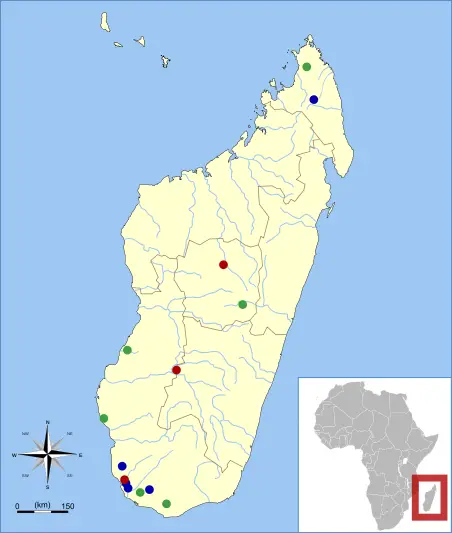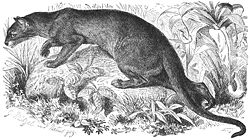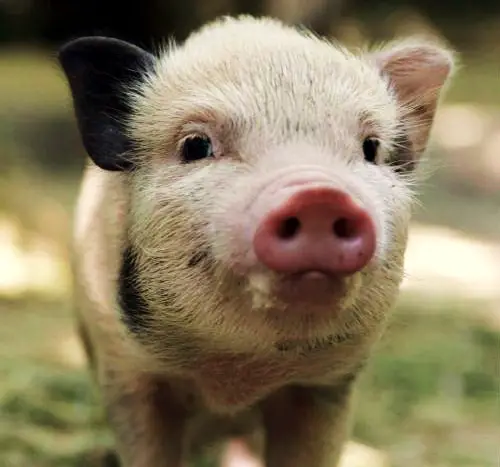Giant fossa
The giant fossa is an extinct species from Madagascar. This carnivore belongs to the family Eupleridae which is closely related to the mongoose. It was first scientifically described by Guillaume Grandidier in 1902. In 1935, it was recognised as a totally separate species of its own by Petit. It is not known when the giant fossa became extinct, although there is some anecdotal evidence that there is more than 1 fossa surviving today.
Giant fossas are known through sub-fossil bones that were found all parts of Madagascar island. In some sites, it occurs with the remains of the C. ferox. However, there is no evidence suggesting that these two animals lived together during the same period.
There are 2 fossa species that have been described, and there are some morphological differences between the two. However, sthey may only be growth related. In fact, Michael Kohncke and Klaus Leonhardt who published their work, Mammalian Species in 1986, suggested that they were actually morphologically identical. However, Goodman et al found that the skeleton of the C. spelea were at least 1.07 times larger than the C. ferox. The body mass estimated for the C. spelea ranges from 17 to 20 kilograms, making it one of the largest carnivores to have lived in Madagascar. By comparison, the C. ferox is much smaller, weighing in at only 5 to 10 kilograms.
The giant fossa was large and huge teeth and jaws. It was a predator almos tlike a puma. It may hav eaten some of the larger and now-extinct lemurs which would have been too big for C. ferox to consume. However, there is no subfossil evidence to suggest that lemurs were its prey as this is just an assumption made from the smaller species of fossa. Other potential prey include young Malagasy hippos, small euplerids, and tenrecs. It is thought that the extinction of the giant fossa may have changed the food chain and predation dynamics in Madagascar.
The IUCN Red List currently classifies the giant fossa as an extinct species. The reason why it went extinct is unknown. However, locals in Madagascar actually recognise 2 forms of fossa. One is a larger one which they call black Cryptoprocta or fosa mainty, and another one which is the fosa mena or reddish Cryptoprocta. There are also some anecdotal records of huge livig fossas that reach up to 2 metres and weigh about 30 kilgrams in Morondava. Goodman and colleagues suggest that this may prove that there is another fossa species still alive.




